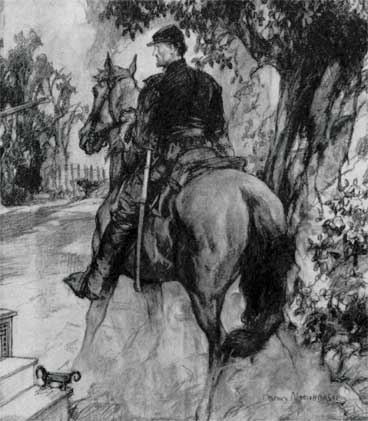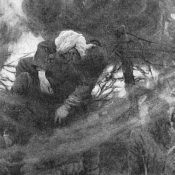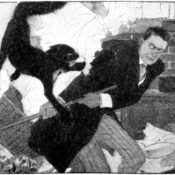Laurence Stallings took up writing after being wounded in the First World War. On June 26, 1918, he led an assault on a German machine gun nest in Belleau Wood and was severely wounded. He eventually lost a leg because of his wounds, but was decorated with the Silver Star and France’s Croix de Guerre. Following the war, he became a journalist for the New York World. He wrote a novel and, later, the highly successful play about the war, “What Price Glory?” It became the most important American drama of the Great War.
In this story, Stallings turns to the Civil War, which made a deep impact on his Georgian ancestors. He writes of death and chivalry from a child’s point of view.
(This story, printed in the February 20, 1932, issue of the Post, refers to African Americans in the slighting style found so often in early 20th Century fiction. While the black characters are not cartoonish, they aren’t fully human either. They appear only as servants of the house and only speak in dialect while the white Georgians’ speech never hint at an accent. However, we thought the quality of the story might offset these matters. Please let us know what you think.)
Read “The Gentleman in Blue” by Laurence Stallings [PDF].
Become a Saturday Evening Post member and enjoy unlimited access. Subscribe now




Comments
Disturbingly melancholy tale of the valiant attempts by declared enemies to preserve long-held, beloved codes of personal behavior; starkly demonstrating that–even under the most difficult circumstances–honor, integrity and human decency can flourish.